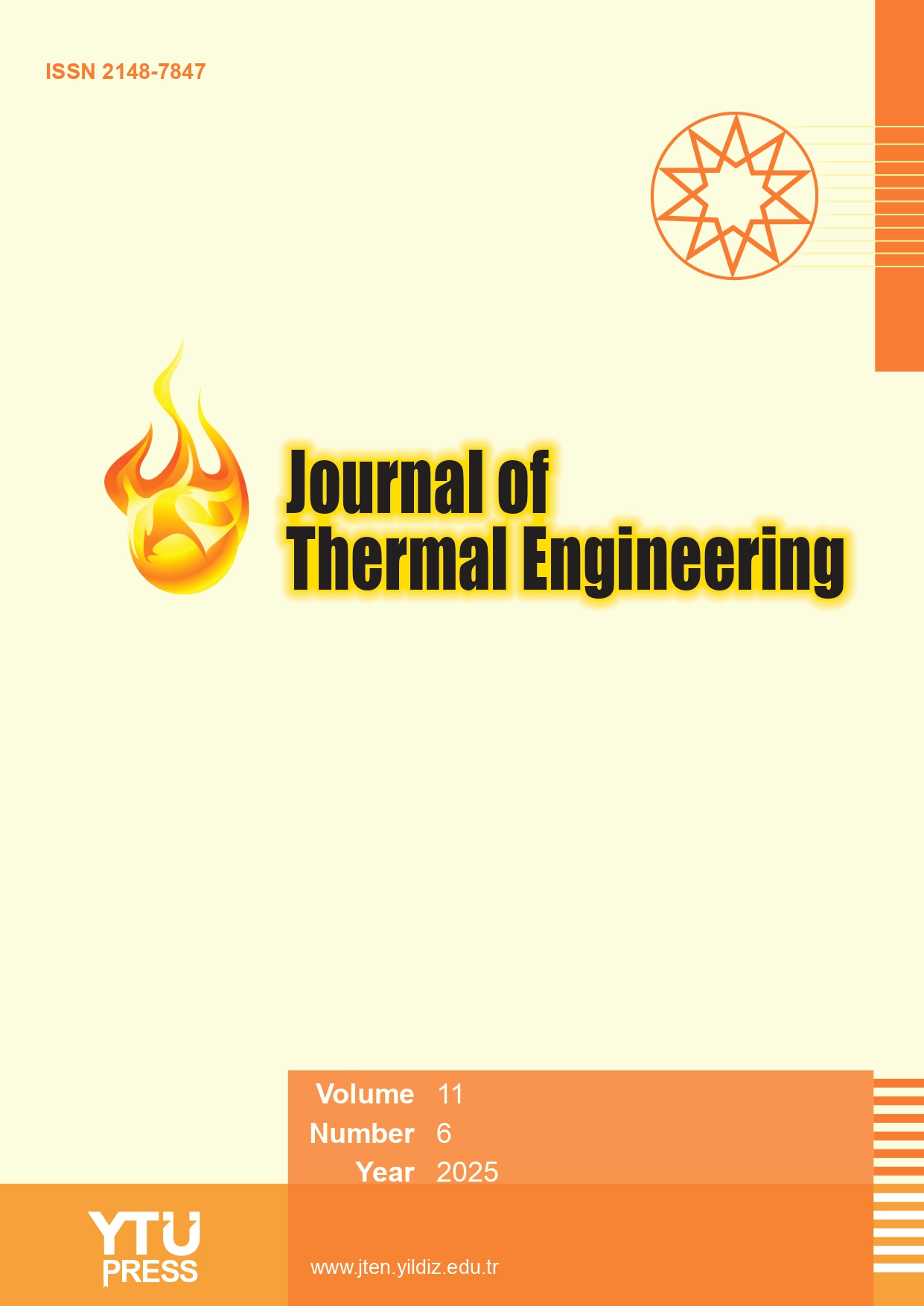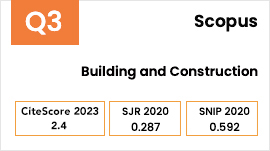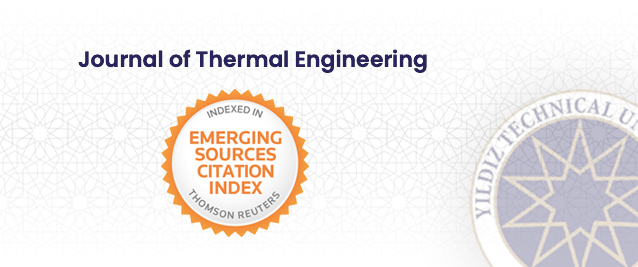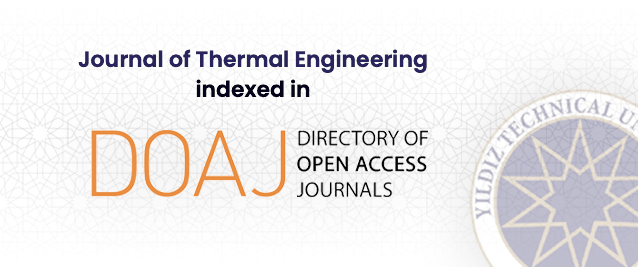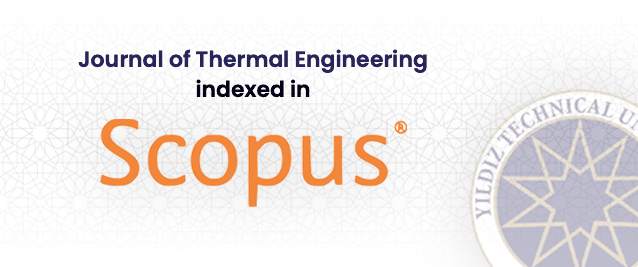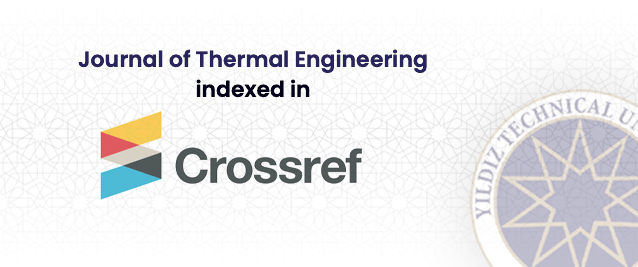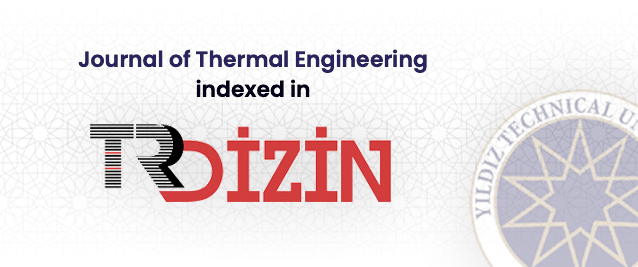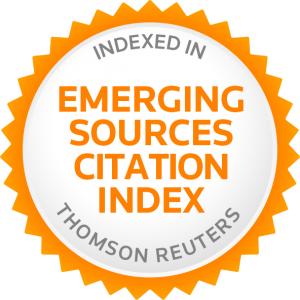Abstract
Solar panels can convert the sunlight into electricity, which can be used in industry and homes. Using sunlight which is solar energy is the most plenty renewable energy sources on Earth. We acknowledge the criticism regarding the lack of clarity about the innovation in our article. The main objective of this study is to provide a detailed analysis of the factors influencing the performance of CIGS solar cells, specifically focusing on the impact of temperature and thickness on efficiency of solar cell. SCAPS 1D which is a numerical simulation software that (simulating the electrical properties of thin film heterojunction solar cells, considering both DC and AC characteristics.) has been used in this study of copper indium gallium selenide (CIGS) solar cell. In this investigation, the effect of temperature and thickness on efficiency of the solar cells has been investigated. The measurements have been shown and discussed using SCAPS 1D version 3.3.11. The experiment result clearly observed that temperature and thickness diversity directly affect the efficiency of CIGS solar cell. These parameters have been used for CIGS solar cell by electrical properties of I-V measurements. These measurements provide a critical snapshot of the cell's performance under varying operating conditions. By analyzing the I-V curves at different temperatures and thicknesses, the experiment gathered empirical evidence to corroborate our theoretical understanding. The efficiency value for indium gallium selenide (CIGS) solar cell at 300K (Working point of SCAPS 1D is 300 K and this temperature serves as a convenient reference point for calibrating and comparing models, establishing a consistent starting point for further simulations.) has been found optimum value 10.88%. This study showed that as temperature and thickness rises from 200 K to 350 K and from 1 μm to 5 μm, the efficiencies of solar cell decrease from 17.2% to 7.5% for CIGS respectively.


